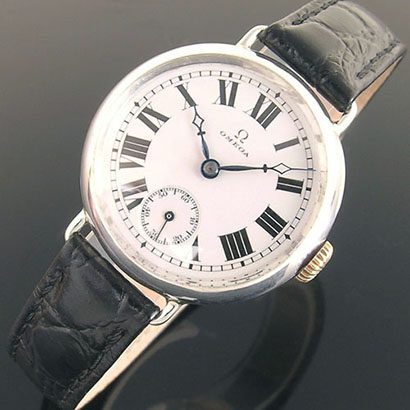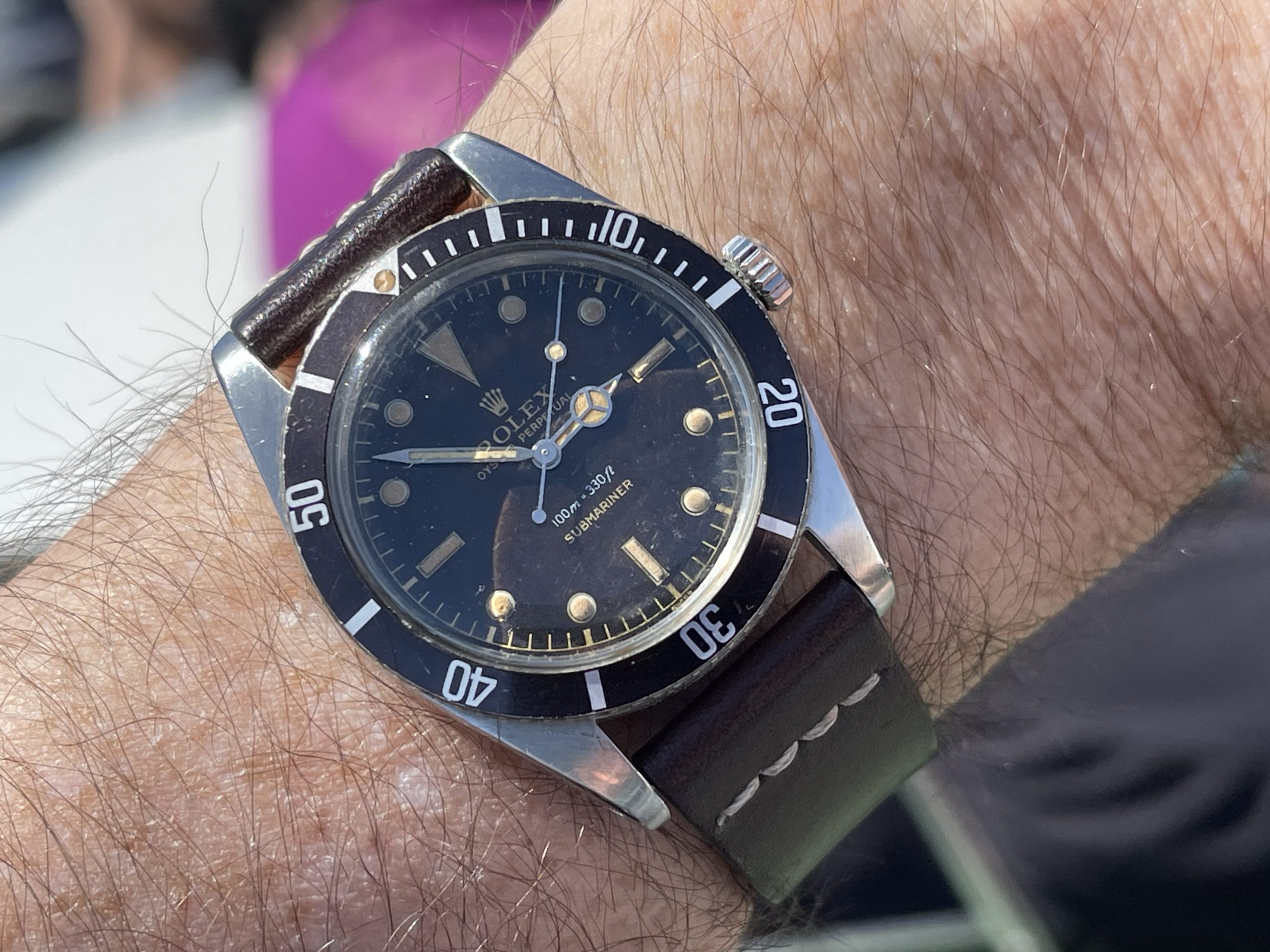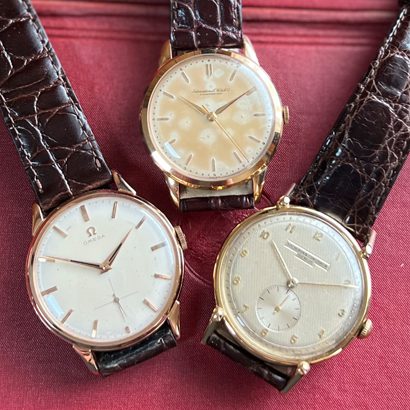Why We Should All Be Paying
More Attention To Vintage Longines.
Longines is often hailed as one of horology’s most charming and overlooked brands yet its history is anything but modest. Founded in 1832, Longines boasts the oldest watch-logo in continuous use anywhere in the world: the iconic winged hourglass. This symbol encapsulates nearly two centuries of technical triumphs, design excellence, and innovation in wristwatch development—particularly in the arena of aviation chronographs, worn by the pioneering pilots of the early 20th century. While it doesn’t always attract the same fanfare as certain other Swiss maisons, Longines quietly commands a legion of dedicated enthusiasts who value the brand’s remarkable combination of heritage, craftsmanship, and affordability.
The golden age of Longines arguably arrived in the mid-20th century. During this period, Longines manufactured a string of movements that are often hailed as some of Switzerland’s finest. Granted, it would be a bold claim to set them side-by-side with the rarified calibres of Patek Philippe or Vacheron Constantin, but make no mistake—Longines was not far behind. Their in-house manual-winding and automatic movements were consistently praised for their robust construction, smooth operation, and elegant finishing. Indeed, it’s not uncommon to open up a vintage Longines and discover a movement with carefully bevelled edges, Geneva stripes, or other hallmarks of traditional Swiss watchmaking finesse.
The brand’s leadership in chronograph development further bolstered its reputation. Longines poured tremendous effort into refining the wristwatch chronograph, an endeavour that found a natural home in aviation. The visionary pilot Charles Lindbergh famously collaborated with Longines to create the Hour Angle watch, providing navigators with a highly precise instrument for calculating longitude. Although many of these specialised pilots’ pieces now command premium prices, they remain a testament to Longines’ capacity for technical innovation at a time when air travel was on the cutting edge of human endeavour.
Beyond the obvious mechanical achievements, vintage Longines has a reputation for aesthetic restraint. Where certain mid-century watches can verge on the ornate or over-embellished, Longines consistently struck a perfect balance. Dials are typically clear and understated, with slender baton or dauphine hands and legible numerals. Even the brand’s more decorative offerings, often produced in the 1930s and ‘40s, feature a pleasing harmony of form: elongated rectangular cases with subtle flourishes, or round profiles that maintain an airy simplicity. The result is a design language that has aged gracefully, never succumbing to passing fads or extremes of style.
A superb demonstration of these qualities can be seen by browsing the vintage Longines featured here. This collection offers a glimpse into the sheer variety of Longines’ past production. You’ll find 1940s dress watches with faceted lugs that catch the light just so, 1950s classics with sleek gold cases and elegantly proportioned dials, and 1960s pieces blending mid-century minimalism with a hint of modern flair. Many still carry original dials that have mellowed into a warm patina, each watch telling its own story of careful use and preservation. Others are pristine, demonstrating how well a properly maintained Longines can endure decades of service and still look fresh.
Crucially, these watches remain accessible. While certain “holy trinity” brands can claim top-tier craftsmanship, the price tags often reflect that lofty standing. By contrast, vintage Longines can still be had at fractions of what one might expect to pay for a comparable level of finishing, materials, and in-house pedigree. Indeed, many collectors marvel at how these under-the-radar gems remain so affordable. The gap between quality and cost is often surprisingly wide—watches that can stand toe-to-toe with many established names are regularly available at half or even a third of the price.
This availability and value make Longines an excellent entry point for newcomers to vintage watches. If you’re just beginning to explore mechanical timepieces, a vintage Longines can give you a genuine slice of Swiss history without venturing into budget-breaking territory. Better still, the robust build quality of Longines movements means they’re typically more forgiving if you decide to wear your vintage watch frequently—provided it’s been properly serviced. It’s a chance to experience the tactile pleasure of a well-made mechanical watch every day, secure in the knowledge that you’re wearing a piece of genuine horological heritage.
Meanwhile, serious collectors are increasingly taking notice of Longines. Some have gone so far as to specialise in the brand, amassing entire collections that showcase the stunning breadth of Longines’ 20th-century production. These enthusiasts point to details like the brand’s historically documented serial numbers (which can often be looked up), the wide range of case shapes reflecting Art Deco through to Bauhaus influences, and the famous chronograph calibres that remain as impressive today as they were decades ago. Such collectors recognise that, while Longines may be overshadowed by bigger names in mainstream watch culture, it has a devoted following that recognises true quality and significance.
Above all, what sets Longines apart is its capacity to deliver exceptional quality—mechanically, aesthetically, and historically—at prices that are still surprisingly attainable. Whether you opt for a graceful gold dress watch from the 1950s or a daring chronograph inspired by early aviation, you’re tapping into a legacy that encompasses some of the most stirring chapters in Swiss watchmaking. And with the brand’s winged hourglass logo quietly signifying nearly 200 years of horological endeavour, you’ll wear more than just a finely wrought timepiece: you’ll carry with you a piece of living history.
So, if you’ve not yet explored vintage Longines, now is an ideal moment to start. These watches offer a compelling proposition both for those making their first foray into vintage horology and for seasoned collectors seeking depth and authenticity. With their enduring charm, meticulous mid-century movements, and a design language that always hits the sweet spot, vintage Longines pieces are a reminder that brilliance in watchmaking doesn’t always come with an astronomical price tag. Sometimes, the real treasure lies just off the beaten track—and in this case, it’s emblazoned with that beautiful winged hourglass.








